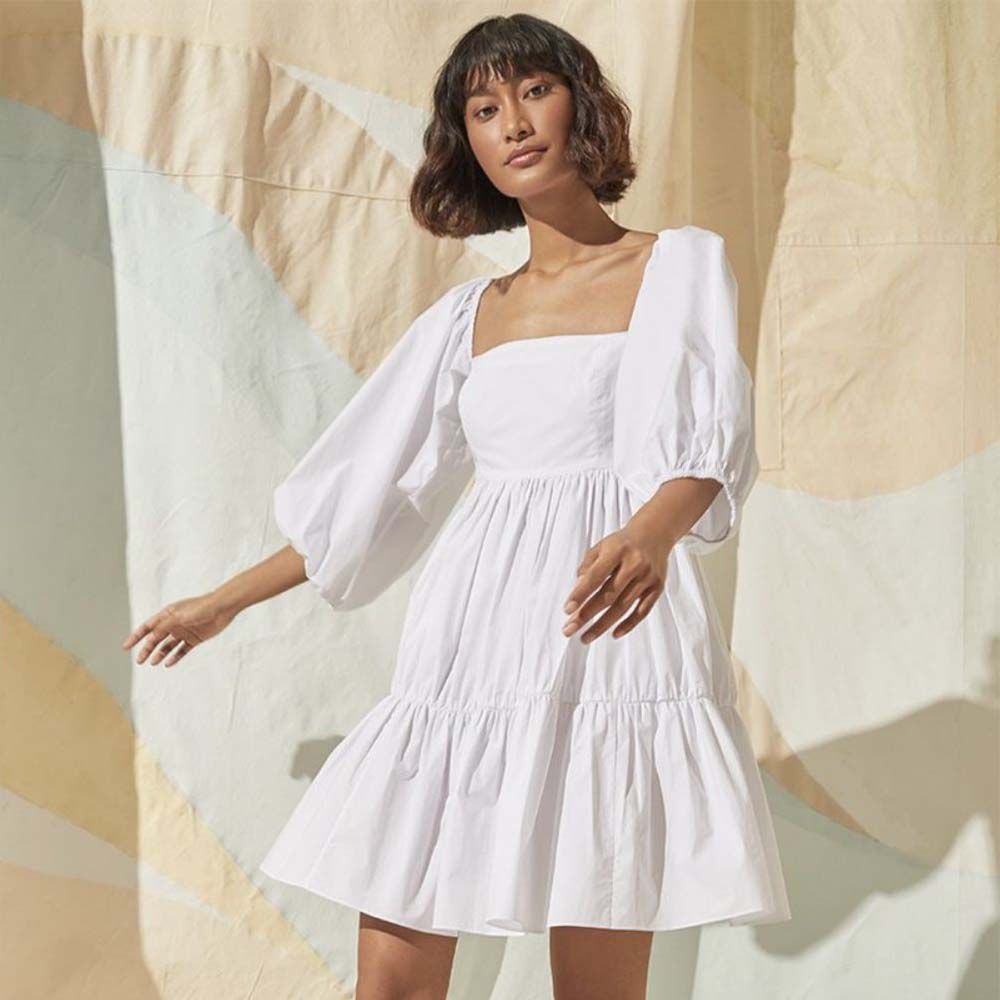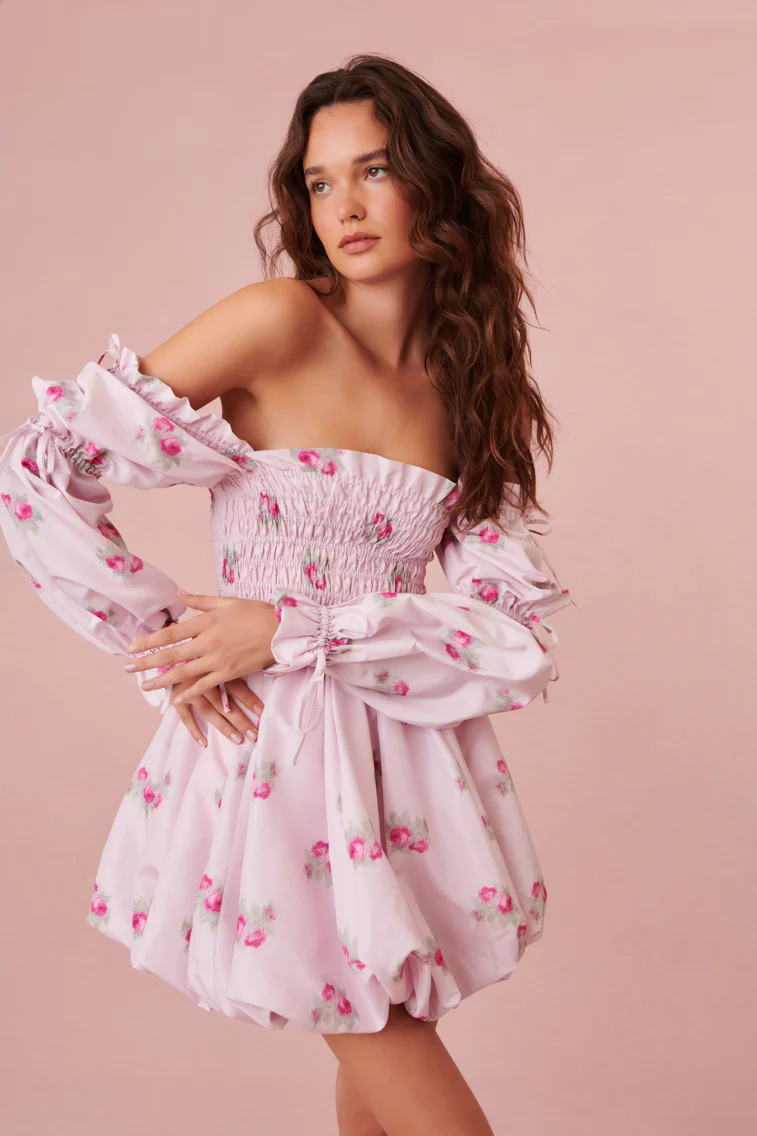Title: Dress Codes Decoded: Understanding Formal, Casual, and Everything in Between
Dress codes serve as social cues that dictate appropriate attire for various occasions, from formal events to casual outings. Understanding these dress codes is essential for navigating social and professional settings with confidence and appropriateness. Here, we decode the spectrum of dress codes, ranging from formal to casual, and everything in between.
1. Formal Attire:
Formal attire, also known as black-tie attire, is reserved for the most elegant and prestigious events. For men, this typically entails a tuxedo with a black bow tie, formal dress shirt, and polished dress shoes. Women often opt for floor-length evening gowns, sophisticated cocktail dresses, or dressy pantsuits. Accessories should be understated yet refined, such as pearl earrings or cufflinks. Formal attire exudes sophistication and is appropriate for events like galas, weddings, and award ceremonies.
2. Semi-Formal Attire:
Semi-formal attire strikes a balance between formal and casual, suitable for evening events that are less extravagant than black-tie affairs. Men can opt for a dark suit with a dress shirt and tie, while women may choose a knee-length cocktail dress or a dressy skirt and blouse combination. Accessories should complement the outfit without overpowering it. Semi-formal attire is appropriate for occasions like dinner parties, holiday gatherings, and evening receptions.
3. Business Formal Attire:
Business formal attire, also known as professional attire, is standard attire for corporate settings and professional events. For men, this typically consists of a tailored suit in a neutral color, paired with a dress shirt and conservative tie. Women may wear a tailored pantsuit, a knee-length skirt suit, or a sheath dress with a blazer. Accessories should be minimal and professional, such as a leather briefcase or structured tote bag. Business formal attire conveys professionalism and is suitable for meetings, interviews, and conferences.
4. Business Casual Attire:
Business casual attire offers a more relaxed alternative to traditional business attire while maintaining a professional appearance. For men, this may include dress slacks or chinos paired with a button-down shirt or polo shirt, optionally with a blazer. Women can opt for dress pants or skirts paired with a blouse or sweater, also optionally with a blazer or cardigan. Accessories should strike a balance between professional and casual, such as a leather belt or statement necklace. Business casual attire is appropriate for informal meetings, networking events, and casual Fridays in the workplace.
5. Casual Attire:
Casual attire is the most relaxed dress code, suitable for everyday wear and informal gatherings. For men, this may include jeans or chinos paired with a T-shirt or casual button-down shirt. Women can opt for jeans, skirts, or shorts paired with a T-shirt, blouse, or sweater. Accessories can be playful and expressive, such as sneakers or statement jewelry. Casual attire is appropriate for outings with friends, errands, and informal social gatherings.
Understanding dress codes empowers individuals to dress appropriately for any occasion, whether it be a formal gala, a business meeting, or a casual get-together. By decoding the nuances of formal, semi-formal, business formal, business casual, and casual attire, individuals can confidently express themselves while adhering to social norms and expectations.



